170-million-year-old dinosaur footprints discovered may reveal insight on evolution
Scientists on the Scottish Isle of Skye find dozens of dinosaur footprints.
On the Isle of Skye in Scotland, scientists with the University of Edinburgh's School of Geoscience discovered 170-million-year-old dinosaur footprints that reveal insight into how different dinosaurs may have evolved.
"Anytime we find a new dinosaur, it's really exciting, but beyond that, these [discoveries of footprints] are really important because they are some of the few dinosaur fossils from the middle part of the Jurassic period from anywhere in the world," said Dr. Stephen Brusatte, who led the field work on the study with the university.
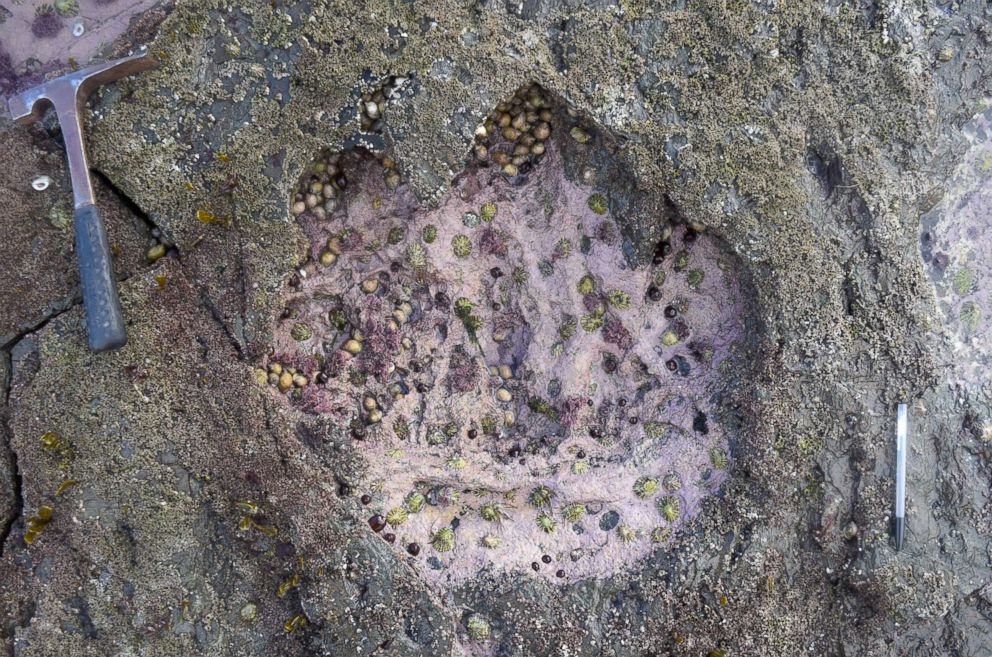
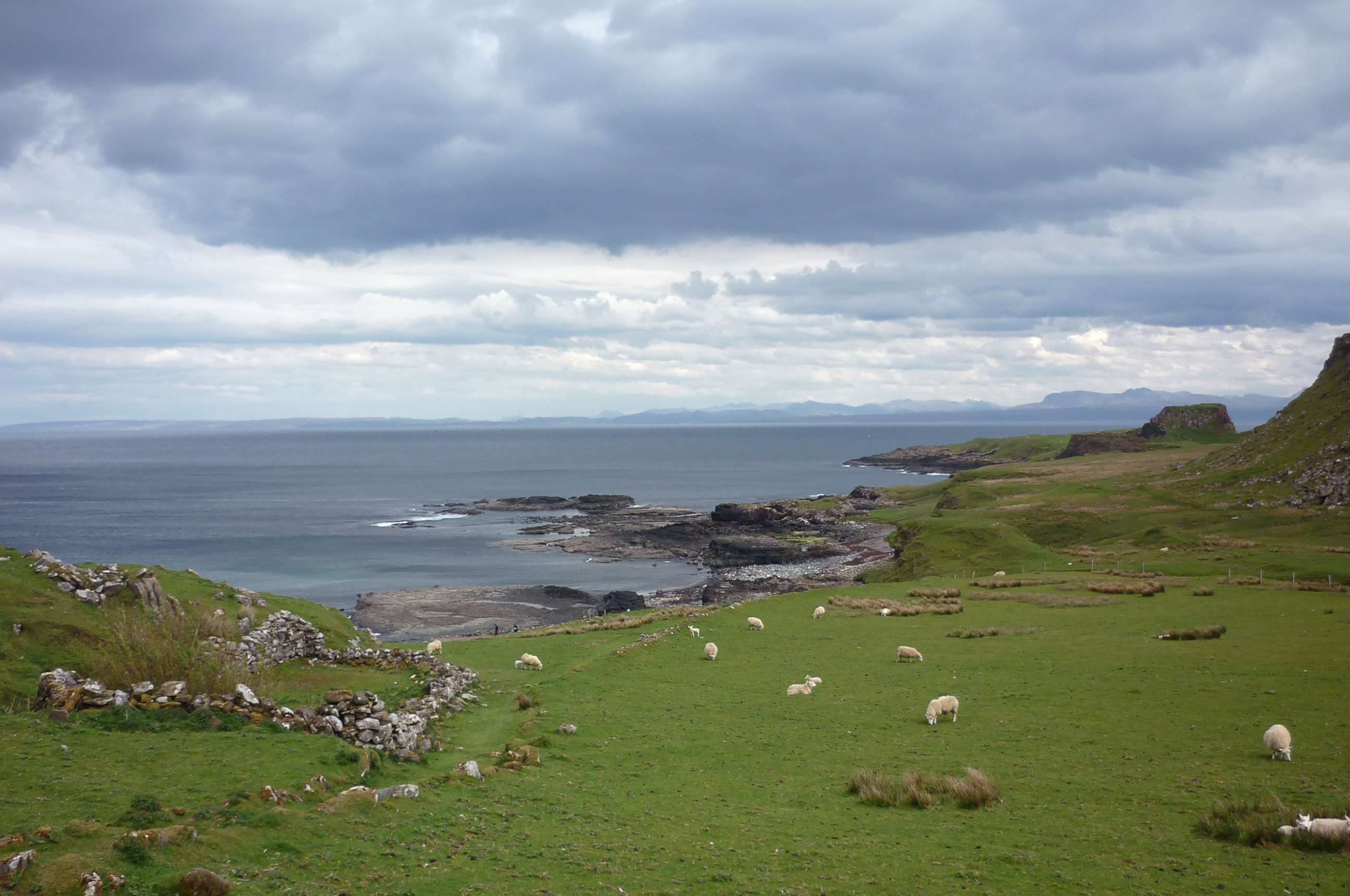
The discovery reveals further evidence that sauropods, one of the types of dinosaur tracks that were found in the Isle of Skye's limestone, spent time in lagoons during the Middle Jurassic time period, he said.
"The site preserves an abundance of small sauropod manus and pes prints and several isolated and broken medium-to-large tridactyl footprints," the scientists published Monday in their corresponding article to their study in the Scottish Journal of Geology.
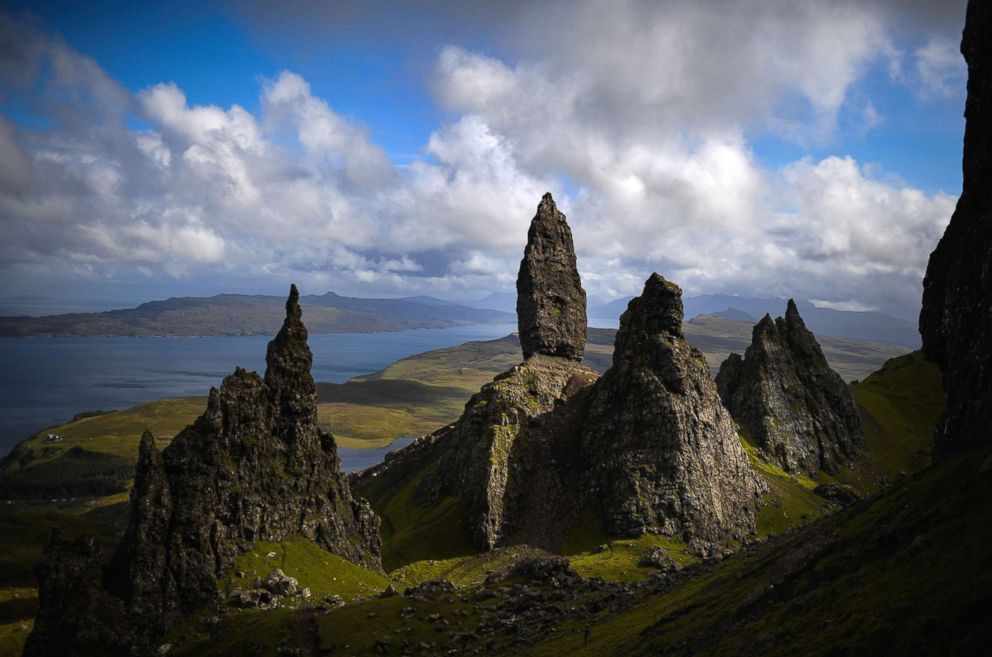
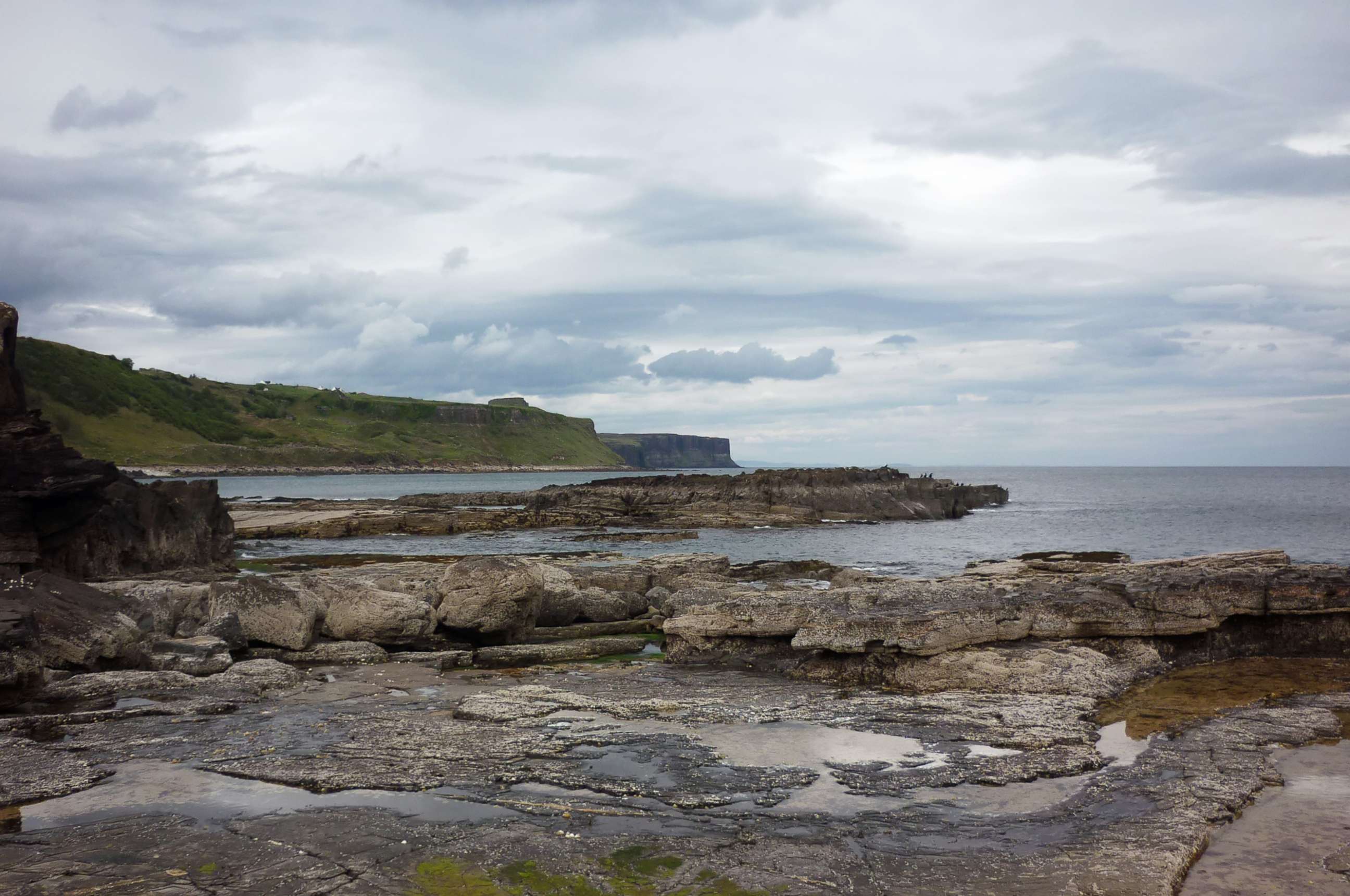
They found both tracks of footprints and isolated footprints, he said.
"This new site has about 50 tracks of two different types of dinosaurs -- [The] long-necked behemoth cousins of the brontosaurus and flesh-eating cousins of T. Rex," Brusatte explained of the sauropod dinosaurs.
Fossils from the Middle Jurassic time period are extremely rare, he said.
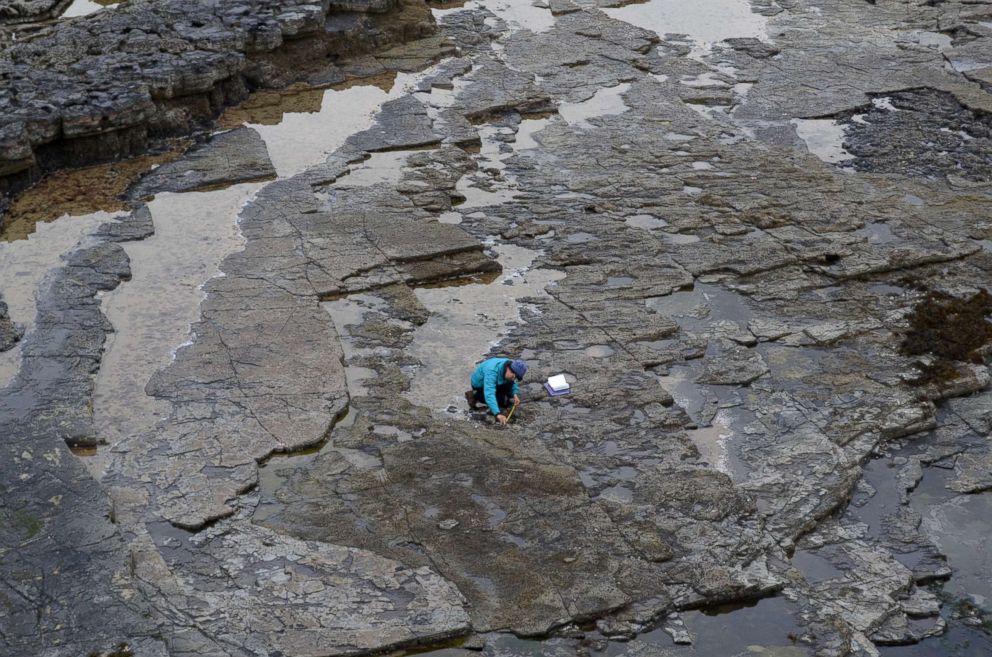
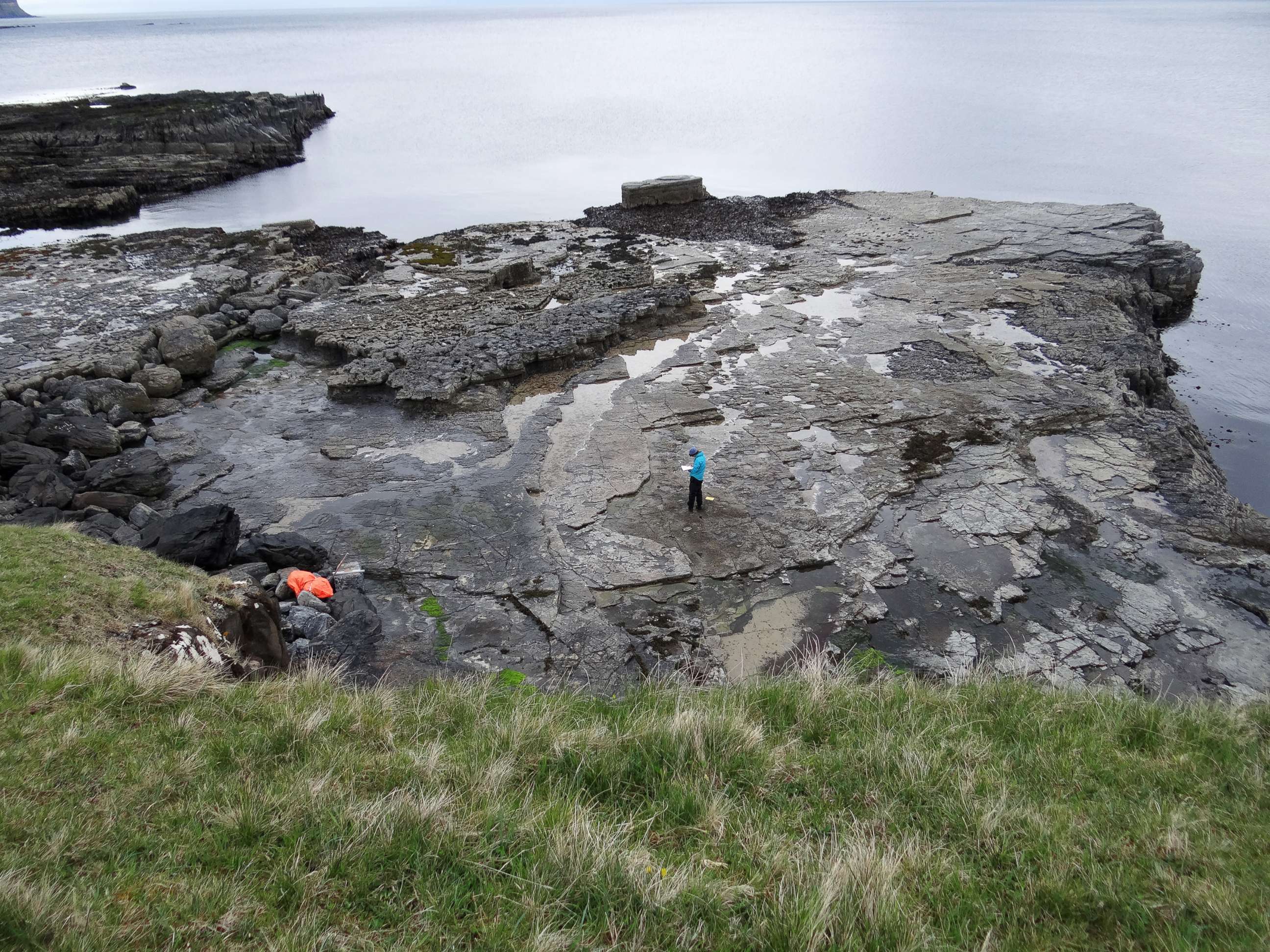
"[This was] when dinosaurs were putting the final flourishes on their rise to dominance," Brusatte said about the time period.
There are probably a few hundred dinosaur footprints that have been discovered on the Isle of Skye, Brusatte estimated.
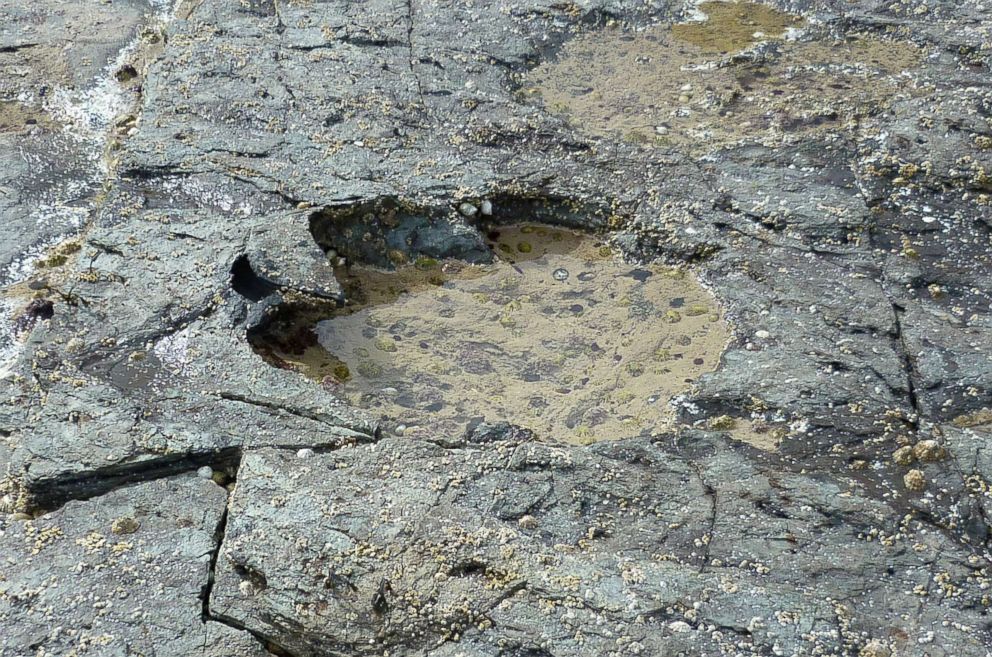
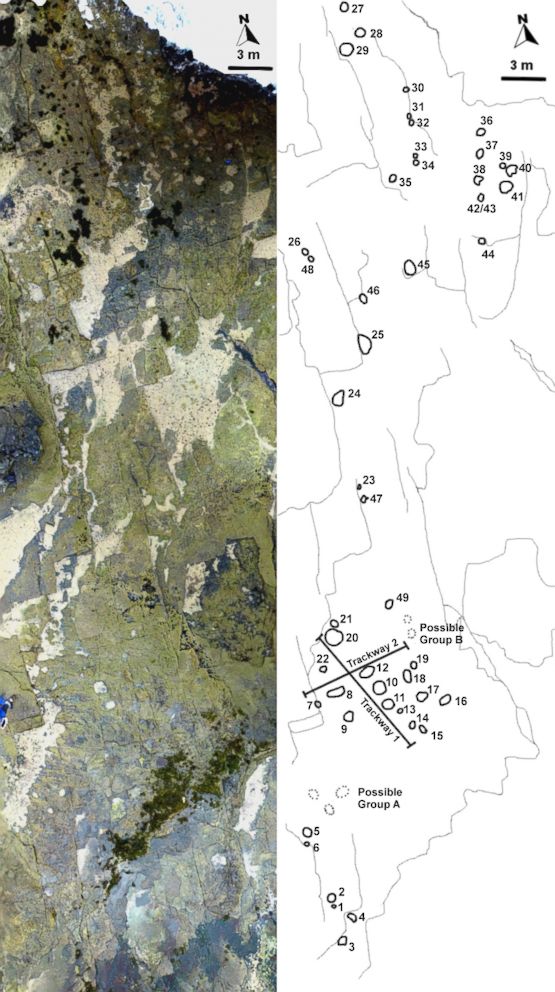
The area is a hotspot for fossil preservation because the coasts are "widely exposed and easily eroded," making it a great area to find fossils, he said.
The scientists are continuing to put together the puzzle on how dinosaurs lived on the Isle of Skye in the Middle Jurassic.




